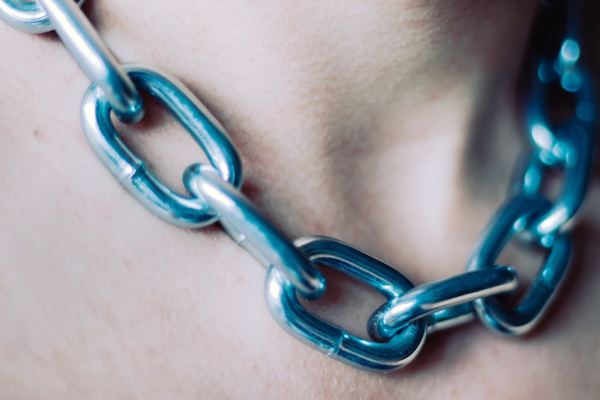The Weakest Link
The O-ring model is merely a simple way of thinking about how an economy might work — albeit one that seems packed with insight

Capital Thinking • Issue #462 • View online
One of this year’s winners of the Nobel memorial prize for economics, Prof Michael Kremer, put forth an interesting theory, titled the “O-ring Theory of Development”.
Example:The failure of vulnerable rubber “O-rings” destroyed the Challenger space shuttle in 1986; Kremer borrowed that image for his theory, which — simply summarised — is that for many production processes, the weakest link matters.
Financial Times
Consider a meal at a fancy restaurant.
If the ingredients are stale, or the sous-chef has the norovirus, or the chef is drunk and burns the food, or the waiter drops the meal in the diner’s lap, or the lavatories are backing up and the entire restaurant smells of sewage, it doesn’t matter what else goes right.
The meal is only satisfactory if none of these things go wrong.
Once you start to think about O-ring problems, you see them everywhere.
A bank is useless if you can’t trust it to keep your money safe from hackers.
The most stylish and comfortable car is worth nothing without reliable brakes.
You can build a sophisticated factory in a jungle but your efforts will be in vain if you can’t keep the road to it open.
What’s less obvious is that the logic of O-ring problems dramatically changes the way an organisation — or an entire economy — works.Because a single failure can doom an entire project, several things follow.
The first is that like attracts like: the best chef does his or her best work with the best suppliers and the best waiters in the best kitchen. It is pointless to ask the best waiter to serve poisonous slop made by an incompetent chef, and pointless to ask the best chef to prepare meals into which an incompetent waiter will sneeze.
To spread out the talent is to squander it.
.
(Prof Kremer’s own career offers an example: he was a research assistant for a paper co-authored by Larry Summers, future US Treasury Secretary. Another assistant was Sheryl Sandberg, future Facebook chief operating officer. High performers seek out high performers.)
The second implication is that inequality is endemic.
Since the most skilled workers have the most skilled colleagues and the best equipment, they are vastly more productive than others who are only fractionally less skilled. A modest variation in skills leads to a huge variation in wages.
This is why blue-chip companies recruit only from elite colleges and universities. Why take a chance on someone whose face doesn’t fit?
Policymakers trying to create a more equal society must find some way to swim against this tide.
Third, O-ring economies are self-perpetuating.
If an economy has undrivable roads, unreliable electricity, impassable queues at customs, corrupt courts, and untrained workers . . . well, where is progress to come from?
Improve the roads and you’ll still be foiled by the electricity; train the workers and the crooked legal system will still take you down.
For an individual, the question is how much education should I try to acquire?
It depends on how much skill others have.
If I can’t reach a job market full of highly competent people, there is little point in wasting time and effort developing skills that will be wasted.
The O-ring model is merely a simple way of thinking about how an economy might work — albeit one that seems packed with insight.

